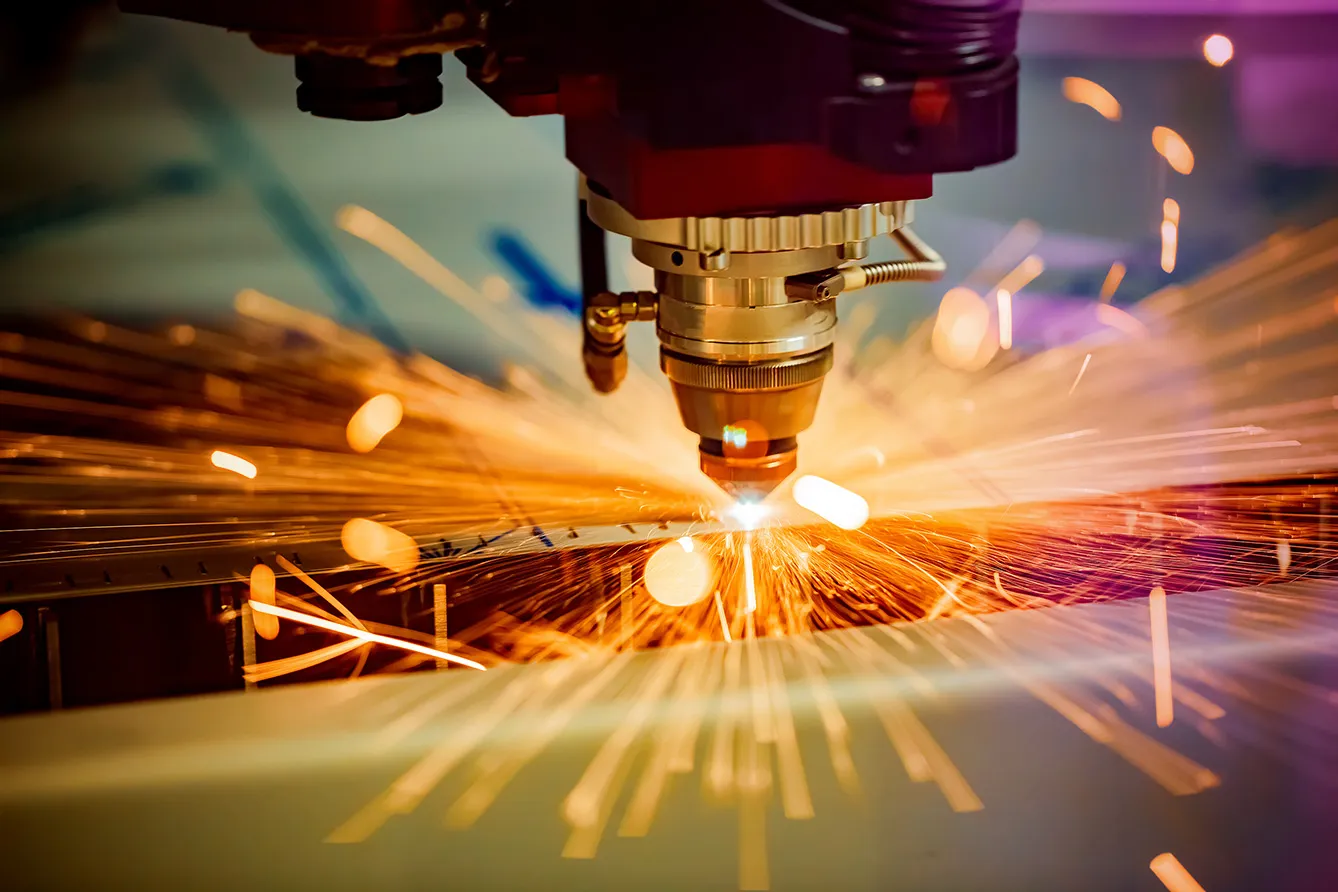In 1917, Albert Einstein laid the theoretical foundations for the laser, but it wasn’t until 1960 that it was finally brought to life in the United States by Theodor Maiman. As early as 1964, students from Vilnius University set out for Moscow to study the field, creating the first Lithuanian lasers in 1966. In practice, this means that Lithuania has been on the same page as the rest of the world on this type of technology from the outset.
What sets Lithuanian lasers apart
“The story of Lithuanian lasers began with researching various materials and their interaction with optical impulses. That was the initial reason why lasers were needed. Though at the time, they were only an instrument for another goal,” says Andrius Melninkaitis, associated professor at Vilnius University Laser Research Center.
Yet, soon it was noticed that short impulses have quite a different effect on materials than longer ones. First, ultra-short impulses do not destroy the material they encounter but create changes, including cutting an object with high precision or altering its structure so that new material can be created.
These findings sparked the development of two very successful laser types: femtosecond and picosecond lasers. Both terms refer to the ultrashort laser pulses. For example, a fighter jet flying at maximum speed in one femtosecond covers the distance of only a few atoms. One femtosecond laser can produce a million such signals in only one second. The same goes for picosecond laser, which has only slightly longer pulses. “Both types enable physicists to form and cut various materials such as plastic, glass, metal, ceramics, and even diamonds without destroying them. That is why this technology turned out to be so successful. It allows scientists to turn light into very short and strong pulses that can not be reflected by the objects but go directly through them,” states Melninkaitis.
From theoretical to IRL
That is the theoretical frame of the technology, but in practice, you can find the effects of Lithuanian lasers in countless places, even in your day-to-day life. One of the reasons for that is their size. In the beginning, lasers needed the whole room to fit them in, but now, many are no bigger than a hand. Because of that, the application range is extremely wide – military, medicine, every sort of industry, environmental sustainability, and 3D printing, to name a few.
In other words, anywhere high precision is needed, there are Lithuanian lasers. For example, there is a probability that you read this text on your iPhone. If so, there is a high chance that your phone’s screen was shaped by a Lithuanian laser. Or if you ever had eye surgery, there is also a very high chance that it was performed with a Lithuanian femtosecond laser.
But what is most exciting about these ultra-short impulse lasers is their future and scientific contribution. For instance, scientists are now searching for ways to use lasers instead of radioactive parts in Hadron colliders. If they succeed, it could one day mean that enormous systems like the 27-kilometer-long Hadron collider in Switzerland could become the size of a table. Thus, the opportunities and potential provided by ultra-short impulse lasers are vast – from shaping the future of science to improving industry, medicine, health, and everyday life in new and unexpected ways.







